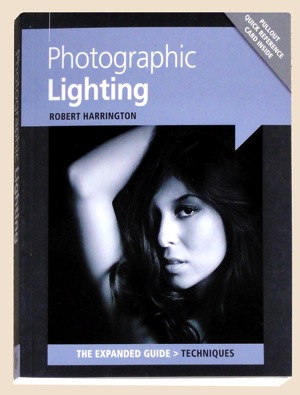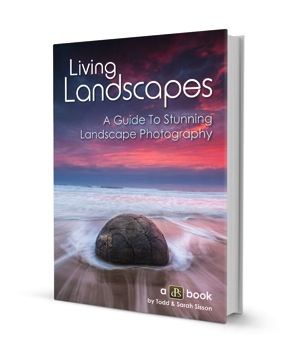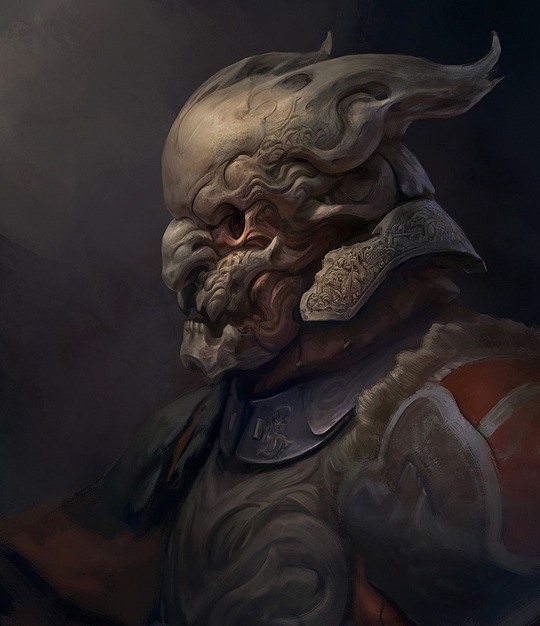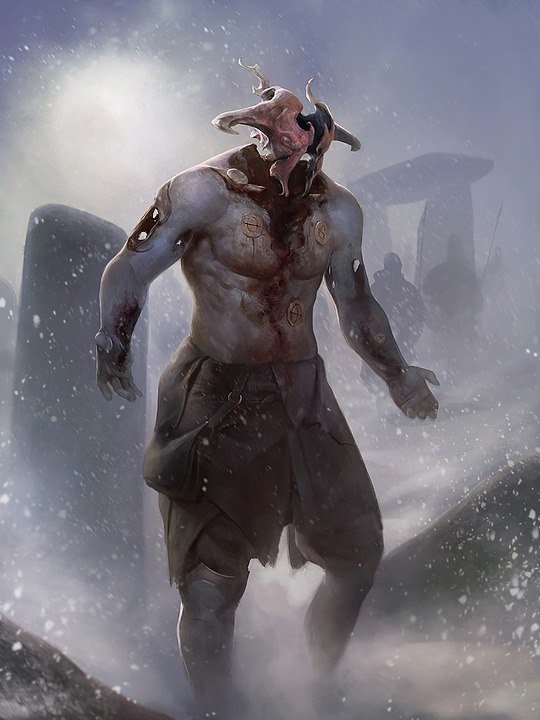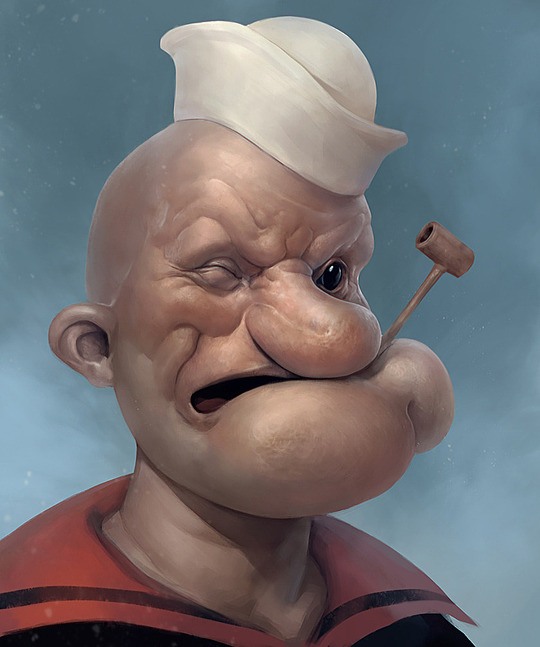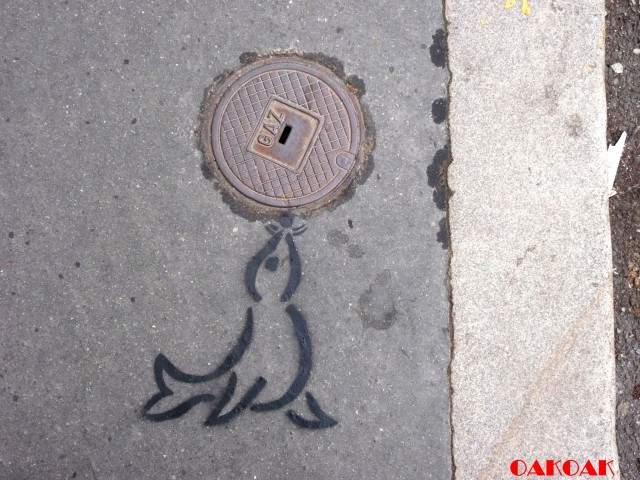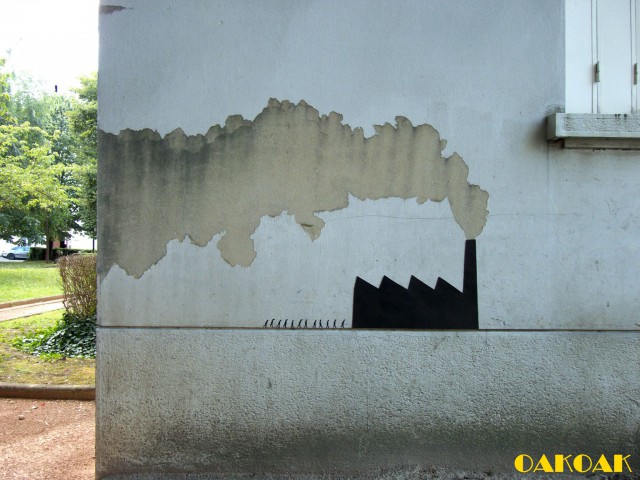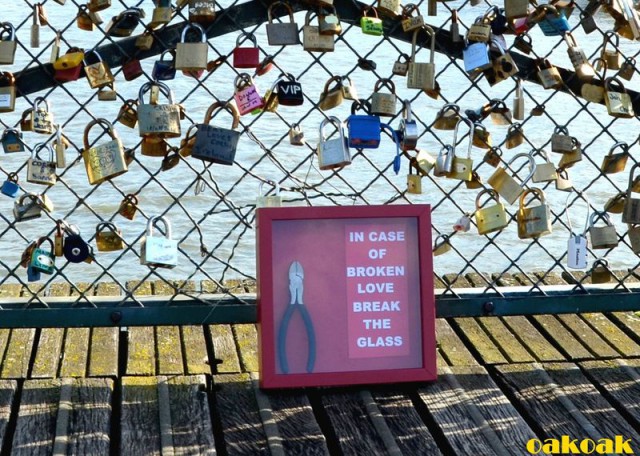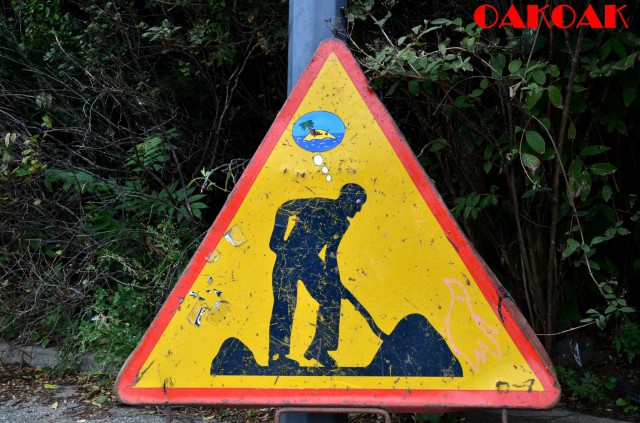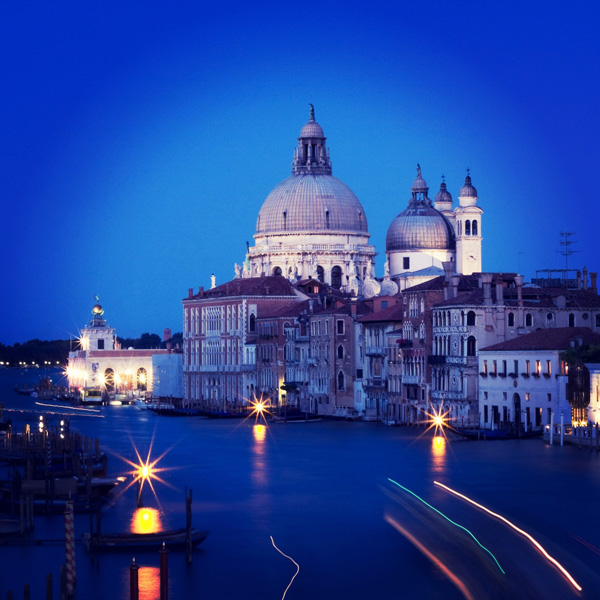
This article is written by Andrew S. Gibson, the author of Square, on sale now at Snap N Deals for a limited time.
The square format seems to have gone in and out of fashion over the decades - and there's no doubt that it's currently experiencing a resurgence in popularity. This is at least partly due to the popularity of toy cameras like the Holga and smartphone apps like Instagram. But it's also got a lot to do ease of access. With film cameras, cropping aside, the camera you purchased determined the aspect ratio you worked in. With digital cameras you can take a photo and crop it to any aspect ratio you desire. That makes working in the square format a whole lot easier.
84 years of history
The first square format camera was made by Rollei in 1929. Square format cameras have been used by venerable names such as Richard Avedon, Irving Penn and Diane Arbus. Hasselblad, the mark of choice for many professional photographers in the film age, used the square format in its film cameras from 1948 to 2002. There are no current digital cameras (to my knowledge) that have a square sensor. But digital photography makes it easy to crop your images to any aspect ratio you want.
By the way, it's well worth taking some time to study the works of the masters mentioned above. It will teach you a lot about composition, and hopefully inspire you to try out the square format. Click on the links to learn more about each photographer:
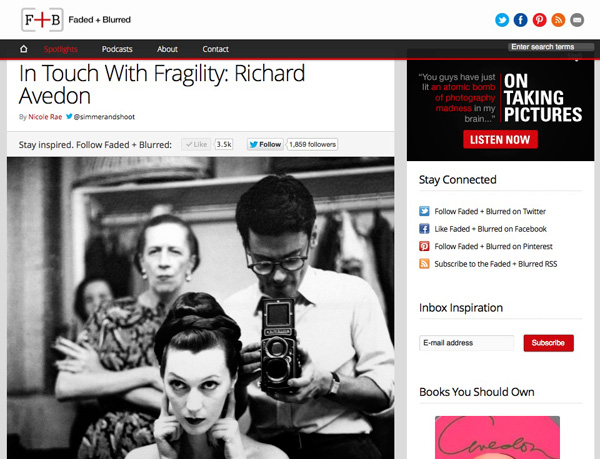
Richard Avedon was known for his stark, minimalist portraits. His approach changed the way fashion photos were taken forever. The first image in this article shows Avedon using a Rolleiflex camera.
Irving Penn is another famous fashion photographer who used minimalism and the square format to make his mark. His photos are known for their formal, graphic composition and stark use of white space.
Diane Arbus took the opposite approach to that of photographers like Irving Penn. She photographed outcasts and people on the margins of society, celebrating the ugly and unusual rather than the beautiful.
If you'd like to see the work of some of the modern exponents of square format photography, then take a look at my article 40 Beautiful Square Photos. I've collated a series of beautiful images from some of the best photographers around today.
Using the square format
Hopefully the above links have whetted your appetite for the square format. There are four main ways you can explore this aspect ratio:
1. Use a medium format film camera. These can be surprisingly inexpensive on the second-hand market. Look for brands such as Rolleiflex, Mamiya, Bronica or Hasselblad. Get the best quality scan you can of the negatives so you can work on them in Photoshop.
2. Use a toy film camera like a Holga. Again, a good quality scan is essential to make the most out of the negatives. If you don't want to use film you can buy Holga lenses for digital cameras and crop the image to a square. That's how I created this image:
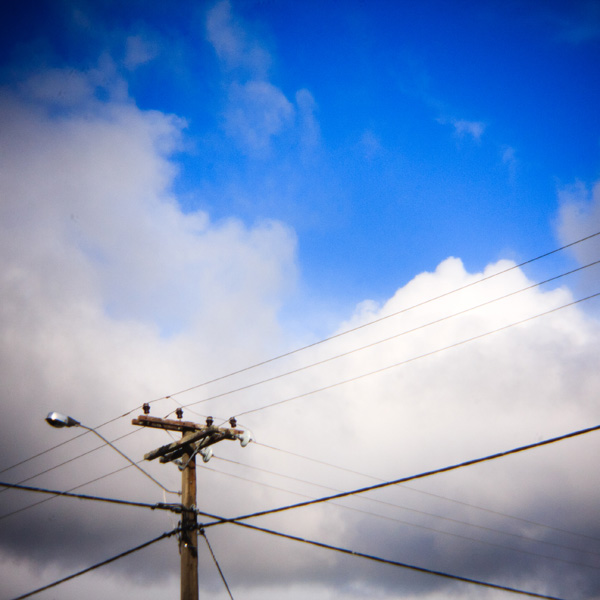
3. Use a smartphone camera and convert the photos to square format using an app like Instagram. Another approach is load photos that you already have taken onto your phone or tablet and run them through Instagram. I used that method to create this photo:

4. Use a digital camera and crop the images to the square format when you process the Raw files. Many recent models let you take square images in Live View. I'm sure this is the method that the majority of readers of this website will use.
The appeal of the square format
I think of the square format as the fine art photographer's format. It has a venerable history and has been used by some of the great names of 20th century photography. Now, in the digital age, photographers are using the square format in fields as diverse as long exposure photography and iphoneography. Here are some more reasons that I like the square format:
- It changes my approach to composition. The square format is different, and there seems to be a certain inherent beauty to well composed square format photos that other aspect ratios lack. Shapes become more prominent, there is little wasted space and the balance between the elements changes. The subject of composition within the square format is so interesting that I will write an entire article about it.
- It works well in black and white. There's something magical about the combination of black and white and the square format. The lack of colour lends emphasis to graphic shapes and textures within the frame.

- The square format seems to suit certain subjects. It seems to work best with subjects like portraits, the nude, landscape, still life, architecture, details and abstracts. These are all artistic subjects, and they all work well in black and white - which is perhaps why the square format is popular with fine art photographers.
- It's fun. I enjoy going through my old images and seeing which ones can be improved by cropping to the square format. It may seem like an abstract exercise but it has taught me a lot about composition. Thinking about whether an image could be improved by cropping to a square makes me thing about whether I composed the image in the best possible way in the first place. Here's an example. Cropping the image to the square format, and placing the flower in the centre of the frame, has created an new image with a different dynamic.

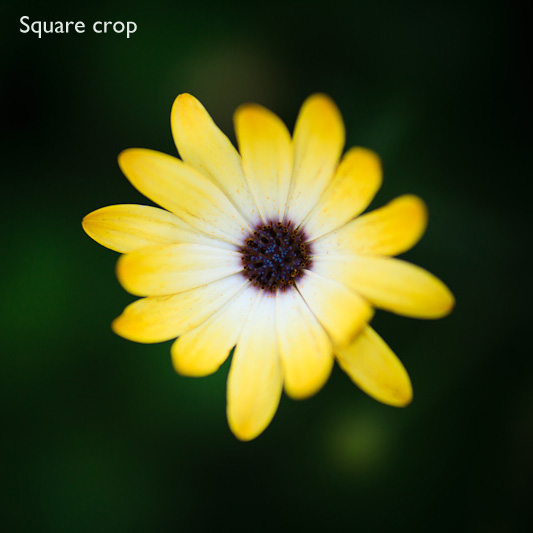
Conclusion
If you've never used the square format before, it's well worth the effort. It's so easy to crop your existing images in Lightroom or Photoshop that anyone can try it. It can give new life to old images - and the process will teach you a lot about composition and the use of space within the frame.
Square
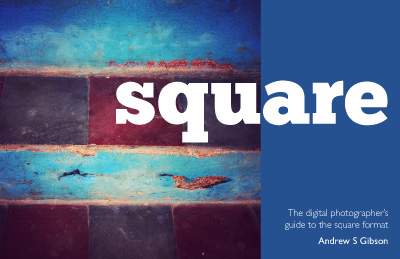
My ebook Square explores the square format from the digital photographer's perspective. It shows you how to use the square format on your camera, and how to make the most out of what I think of as the fine art photographer's format.It's available now at Snap N Deals for a special price for a limited period.
Post originally from: Digital Photography Tips.
Check out our more Photography Tips at Photography Tips for Beginners, Portrait Photography Tips and Wedding Photography Tips.
The Beautiful Square
